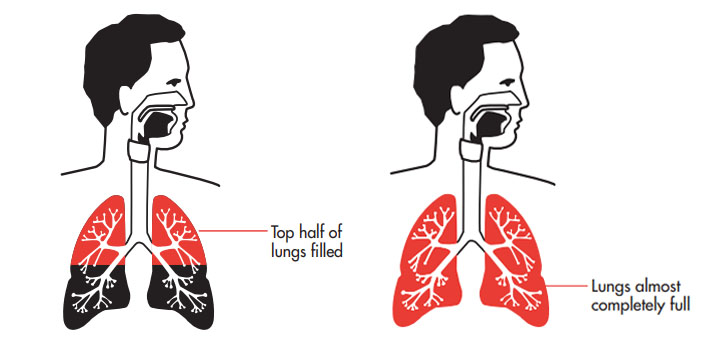
February 21, 2018 - Dom Barnard
In certain academic and business situations, it is more valuable to deliver a group presentation than a solo one. Many people prefer group presentations because there is less pressure on the individual. However there are also unique challenges, such as having to ensure multiple individuals collaborate in order to produce a cohesive piece of work.
As with any presentation, there is a significant amount of work during the preparation stage. The group must be well organised because there are multiple individuals, and therefore multiple personalities involved.
To assist with organisation, the group should first decide on a presentation moderator – this is essentially the “leader”. The presentation moderator can have the final say when decision-making is needed and, during the Q&A portion of the presentation, can decide which speakers will answer certain questions.
To make your presentation engaging you need to think about the audience so you can tailor it towards their needs. How much will the audience already know about this topic? What will they want to get from this presentation?
For example, if you are presenting the topic of building a bridge to a group of civil engineers, you can confidently use technical language. However, if you are presenting to secondary school students, you would need to use simpler language and not explain the methods in as much detail.
As a group, ensure you agree on the purpose of the presentation so that you all understand the message that needs to be conveyed e.g. “We want to find out which treatment works best for social anxiety.” Deciding on your message means that the group can start building key points around this – just keep in mind that each subtopic must contribute to the presentation’s aim.
The presentation needs to be divided into main areas so there is a clear beginning, middle and end. This is where can you decide on the order of the subtopics. Presentations usually follow this structure:
1. Introduction:
2. One or two middle sections:
3. Conclusion:
After segmenting the presentation, a time sequence can be created so the group understands the order in which tasks must be completed. It is important to set deadlines for this.
A frequent problem when working within a group is unequal participation as this can subsequently cause disharmony.
But this is easily avoidable by assigning each speaker a section of the presentation to work on depending on their interests. This means that each speaker should be doing the research for their section and putting together a speech and slides (if being used).
Tips:
For an audience to follow and enjoy a presentation, it must flow together. Meeting up and building the presentation helps with this because:

A good presentation opening could start with a story to highlight why your topic is significant. For example, if the topic is on the benefits of pets on physical and psychological health, you could present a story or a study about an individual whose quality of life significantly improved after being given a dog.
The audience is more likely to remember this story than a list of facts and statistics so try and incorporate relevant stories into presentations.
Each speaker must know what the other group members will say as this prevents repetition and it may be useful to refer to a previous speaker to assist in explaining your own section.
Also, if a team member is unable to attend on the day it will be easier to find cover within the group.
Clean transitioning between speakers can also assist in producing a presentation that flows well. One way of doing this is:
From this example you can see how the different sections of the presentations link which makes it easier for the audience to follow and remain engaged.
Rehearse with the group multiple times to make sure:
The more you rehearse a presentation the more you will feel comfortable presenting the material and answering questions as your familiarity with the content increases.

Take short pauses and breath deeply. This will ensure you have more vocal variety.
Since the conclusion is the last section of your presentation the audience is more likely to remember it. Summarise the key points and lead into a clear concluding statement. For example, if your presentation was on the impact of social media on self-esteem you could list all the main points covered in the presentation and conclude “Therefore, from the amount of evidence and also from the quality of evidence, we have decided that social media is negatively/positively impacting self-esteem.”
The questions and answers session after the main presentation can be a source of anxiety as it is often difficult to predict what questions will be asked. But working within a group setting means that individually you do not have to know everything about the topic.
When an audience member asks a question, the presentation moderator can refer a speaker who has the relevant knowledge to provide an answer. This avoids any hesitant pauses.
If you are answering group presentation questions:
A good ending usually consists of the presentation moderator thanking the audience. If there is another group afterwards they should transition to the next group.